In April this year we completed our first interview with WSE CEO, LukeConnell Vandeverre. The response to that interview was large and at time vehement. With the events of recent weeks at WSE, it was an opportune time to give Australia-based Vandeverre to put his side of the story on the the alleged insider theft, ISE as a competitor and future plans:
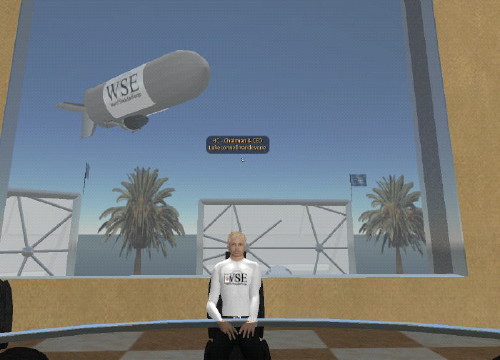
Lowell Cremorne: So – it’s been a big couple of week for you yes?
LukeConnell Vandeverre:Very. Most of the time i’ve just been focused on organising WSE 3.0.
Lowell Cremorne: Tell me a little about WSE 3.0.
LukeConnell Vandeverre: Sure, it’s the very latest platform we are using for the World Stock Exchange and is an integral part of our strategy moving forward. It involved redeveloping much of the web application and included changes to the trading room, orders, dividend system, rollbacks, IPOs, secondary offers etc. Any part of the site that involved the Linden currency had to be edited to now use and accept the World Internet Currency as well.
Lowell Cremorne: It’s now fully live?
LukeConnell Vandeverre:Yes
Lowell Cremorne: So while you’ve been trying to get that happening you had the theft occur, which has been fairly widely reported – what’s your take on it now?
LukeConnell Vandeverre: Yes, we were hit with the unethical theft from a former employee who used their inside knowledge of our system to make false deposits so they could then withdraw the real lindens from Wse Huet the avatar which holds all WSE linden dollars. It was widely known that the WSE was about to implement Risk API, SSL security, new ATM’s and the World Internet Currency, so there is almost no doubt the avatar tried to take advantage of their knowledge before they no longer could.
We were going to close down the WSE a few days after it happened anyway, so once I realised that there was an avatar called Mindo Pinion who had not used the WSE before but made 2 large deposits and 2 large withdrawals, I investigated the transactions and then realised it was false and immediately closed the WSE a few days early to begin an investigation. I was not going to make any official statement until we have established what exactly happened, how and by who. After discussing it with colleagues we decided that it might be an inside job so I reviewed the accounts of the 3 avatars who had knowledge of the ATM. That’s when I identified that Thurston Hallard was involved and it was likely this avatar that developed the system to make false deposits. I approached Thurston asking if he had identified a bug and could he please return the Lindens but he wouldn’t reply. I had a colleague approach him at the same time to see if he was just ignoring me and it turned out he was. He had been caught in the act and clearly had no idea what to say. I made it clear to people around me that I was investigating it and I had provided details of my initial findings to them.
Approximately 5 hours before I noticed the large withdrawal which led to me realising we’d been hacked, I had been approached by Zee Linden and he congratulated me on the WSE. It was unfortunate that this negative event occured just hours after my first direct form of communication from senior management of Linden Lab. I had no choice but to use my new communication channel and to inform Zee of the situation and I simply asked them to investigate and that although they are not obligated to do anything I’d appreciate it if they were able to recover the Lindens as those Lindens were from hundreds of users. He said they would look into it.
I then received a threat from Thurston 1 day before Linden Lab froze his account along with any Alts he had after it must have been made clear to Linden Lab that he had the Alt accounts which I’d mentioned to them. Thurston’s threat was that he would go to the press and make WSE look bad that we were able to be hacked. 24 hours after it was apparent that LL had locked his avatar and alts, the avatar Mystik Boucher, who was a strong supporter of the WSE and had no apparent motive or reason not to support the WSE, decided to approach whoever possible and to tell make many different allegations about the WSE which clearly showed malicious intent and that were designed to make the WSE look bad and to have a negative impact on the WSE.
These actions fit with the threat made by Thurston 24-48 hours before Mystik’s actions. Mystik claimed that LL had locked her account also, so I followed suit and locked her WSE account until I had been informed by LL that there was no connection between Mystik and Thruston, however Mystik had clearly breached WSE Terms and as a result we were going to delist her business from the WSE. After receiving many threats and to put an end to her actions I agreed that I would unlock Mystiks WSE account however just prior to doing this I got a gut feeling that the avatars might be linked, so I did an audit of Mystik’s transaction history and that’s when I found the false deposits in Mystiks account that matched up with the actions of Thurstons account. These were the only accounts with false deposits on the dates in question. I then made it clear that we would allow Mystik 30 minutes to take a copy of the MDS shareholder list and that she was being delisted from WSE and the avatar WSE account would be closed. All shareholders of MDS were to be the full responsibility of Mystik. We also dropped a notecard version of the MDS shareholder list on Mystiks avatar.
Lowell Cremorne: What was the impact of this incident on WSE in the following days?
LukeConnell Vandeverre:The total false deposits were approximately 3.4 million Lindens and the total withdrawals from false deposits worked out to around 2.8 million Lindens.
Lowell Cremorne: And what was the impact on confidence amongst companies listing with WSE?
LukeConnell Vandeverre: They are fine. Most of the companies to leave the WSE were IPO’s that were severely undersubscribed and were facing a rollback by WSE and companies that were on the official list who were facing delisting due to breaches of the WSE terms. There were 3 others who left due to either having their avatar account locked for investigations and one left without clear reason.
The Lindens that were taken did impact the ability for the virtual business of Hope Capital Ltd to turn a profit for the quarter however the WSE is operational and stable. We have achieved our 5,800th customer 5 minutes ago, of course some of the new accounts will be avatars who have created another account via the website independent to Second Life.
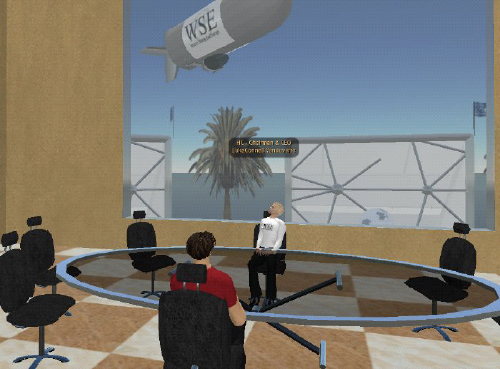
Lowell Cremorne: So for you it’s business as usual? You’re confident of ongoing growth?
LukeConnell Vandeverre: Yes, it’s business as usual now, however now that we have finally completed the integration of the World Internet Currency into the WSE we are reviewing all businesses on the WSE to ensure they are adhering to the WSE terms, organising IPO’s and amending the Listing Rules and Constitution to be clearer for virtual CEOs who may not understand some of the terminology. Over the coming months we will hold a major advertising campaign for the World Stock Exchange in the Melbourne and Sydney print media promoting the WSE as the world’s leading Stock Market Game where users can have fun, learn and potentially profit.
Lowell Cremorne: That leads to my next question – when we first spoke in April you were at great pains to emphasise that WSE is a ‘game’ and that it needed to be treated accordingly. Do you still feel that way?
LukeConnell Vandeverre: Definitely, however it has reached a cross point from being an experiment in an untested medium and has now evolved into a fictional stock market game that can be played by users all over the world without the need to use or have Second Life. This will attract lots of new users and it will bring lots of capital into the market that will help virtual businesses start, expand and develop while increasing the demand for shares in virtual companies across the WSE which will result in increased share prices.
Lowell Cremorne: You mean the website WSE Live? As far as it being a game though – how do you deal with the issue that Lindens can be cashed out for US dollars and hence in theory be taxed?
LukeConnell Vandeverre: Lindens are a fictional currency (imaginary currency, not real) – they hold no value. The licensed right to use the fictional currency has a value which is determined based on the developed exchange rate. Fictional currencies are much like game tokens, it only holds a value while people want to buy the right to use them. If a user buys a product e.g. the licensed right to use a fictional currency and then they sell that product to someone else in exchange for a real currency then that was a transaction of a product. Governments may one day want to charge something like Capital Gains tax on fictional currency transactions however any income generated from the sale of the product as with any product is taxed in most countries as personal income unless that product was sold by a company. Fictional Currency holds no value and is owned by the issuer of the licensed right to use that fictional currency. I’d encourage users to read the Terms of Service from any service provider before they agree to use any services.
Lowell Cremorne: But even if the majority of people who use WSE agree they are just playing with tokens – most people treat it more seriously than that given they’ve spent their own money buying those tokens. What I’m getting at, is that there is regular criticism of your stance of WSE being a game when plainly some people see it as an option to make money.
LukeConnell Vandeverre: Well, it is what the operator of the service says it is and if they agree to use a service that is up to them. If they agree to buy the right to use a fictional currency then they need to understand that they do not own the currency they are using and that they only have the right to use it at the issuers discretion. When a user proceeds to use the wselive.com and deposits a fictional currency into the WSE, they are agreeing to our Terms of Service and therefore they agree that they understand nothing on the WSE holds any real or legal value and that it is all fictional and that it is not a real investment opportunity. The WSE is for edcuational and entertainment purposes only and at the moment there is demand for the fictional currencies so a user has the potential to increase the amount of fictional currency under their control and as a result they can sell the license right to use that currency for potentially more real currency than they initially paid.
If users want to make a legally recognised investment they should talk to a financial advisor or investment professional to determine what investment opportunities there are and what risks are involved.
Lowell Cremorne: One thing that’s certainly changed in the past 2 weeks is the growth for the ISE which means WSE’s dominance is diminished – is there room in SL for two stock exchanges?
LukeConnell Vandeverre:Not at all – over 95% of all Second Life residents using a virtual stock market started at the WSE and in majority of the cases still continue to use the WSE. Residents have been forced by the CEO’s of companies they have shares in, to trade their shares on the other exchanges. Most of the residents who are shareholders in companies that moved to the startup exchanges are unhappy about the move as it limits their ability to sell the shares they own and also the shareholders are well aware that the markets they were forced to use lack brand awareness, exposure and have far less functionality, credibility, liquidity and stability.
Lowell Cremorne: So you’re saying WSE’s dominance is likely to continue? Is there any likelihood of a merger between WSE and ISE?
LukeConnell Vandeverre:Definitely. There is no need for me to deal with the start up exchanges as they have the companies listed that WSE doesn’t want, along with the fact most of their customers already use the WSE. There is no motivation for the WSE to acquire or merge with a startup exchange that will not bring any value or growth to the WSE. Eventually those startup exchanges will run out of liquidity while the WSE continues to grow and improve which will ultimately result in the financial collapse of those exchanges.
Lowell Cremorne: One of the things ISE are being lauded for are their risk management protocols and processes – would you say WSE still has further work to do in that area?
LukeConnell Vandeverre:The WSE is constantly growing and improving, however it has up to now been focused on functionality rather than enforcing the rules and regulations. We have achieved the functionality we have been working so hard to provide and we are now going to focus on Education and Regulation. The WSE will not provide a fraud insurance fund as we don’t see any point in penalising IPO’s by taking their much needed capital in order to return shareholders 1% of their investment should the virtual business collapse, breach terms or commit ethics fraud which results in the business being delisted. If I invest 100 Lindens because I believe in a business then I dont want 1 or 2 Lindens returned to me from a fund as I took the risk when I invested and the 1 or 2 Lindens isn’t going to help me at all.
Lowell Cremorne: Is there anything in particular about ISE that you admire or find interesting?
LukeConnell Vandeverre: No, the other startup exchanges are simply a poor attempt to try and copy the WSE with what recources they have available to them along with using questionable tactics to acquire customers in order to try and gain a share of the potential fictional currency profits that come from the trading commissions.
Lowell Cremorne: It’d be fair to say both WSE and yourself personally have received a lot of criticism – why do you think that is, and have you taken any criticisms on board?
LukeConnell Vandeverre: The World Stock Exchange, as with Second Life, are emerging services that are constantly growing and evolving and there will always be a loud small minority who will make it their business to cause panic, create rumours and to complain about either service issues or features that are not yet available. There are always things we can do to improve and we will always continue to do so and take on board any feedback, however the majoirty of customers understand that this is new and emerging which results in upgrades, downtime, bugs etc. There will also be a small miniority who with malicious intent will make every effort to try and sabotage great ideas, services and visions such as Second Life and the World Stock Exchange.
Lowell Cremorne: Any real-life CEO will tell you their success depends on a cohesive, well-rounded senior management team. Do you have that?
LukeConnell Vandeverre:This is Second Life, businesses are managed by a controlling avatar – in this case it is me. However, I’m confident in my abilities to bring the world’s leading stock market game into a worldwide phenomenon that will encourage the masses to begin taking an interest in the virtual worlds such as Second Life, which encourage creativity and social interaction, investments and the stock market rather than focusing on debt and depreciating assets.
Lowell Cremorne: So do you have anyone you trust as a deputy / second-in-charge?
LukeConnell Vandeverre: Yes, my good friend in real life Jules Hyde aka Julio Koltai in Second Life, is now my Chief Operating Officer and is here to assist me in the management of the World Stock Exchange. His partcipation provides the market with the security of knowing that should I be out of action due to other commitments, unwillingly fall ill, or worse, the World Stock Exchange will still be fully operational under the management of Jules Hyde.
Lowell Cremorne: You’re not concerned that the definition of gambling may be expanded to incorporate ‘games’ like WSE?
LukeConnell Vandeverre: This is not gambling, as it is not a game that relies on chance or random number generation to determine a winner or on the outcome of real-life sporting events. It is not a casino game with odds, it is a fictional stock market built on virtual businesses that operate using a fictional currency and which has a virtual trading and investment community. It does however involve risk on a virtual level that could result in the loss of fictional currency, bonds, interest or shares that were managed by an avatar. Stock Markets are not gambling or a casino. They are a market that exchanges securities, real or fictional where the value of the securities is determined by many factors from regulation, policies, supply and demand, market sentiment, management decisions and corporate activities of real or virtual companies and economies.
Lowell Cremorne: So you’re not concerned then.
LukeConnell Vandeverre: No. There will of course be people who will try and create concern where there is none and that will always happen. We just have to move on.
Lowell Cremorne: What are your objectives over the coming six months or so?
LukeConnell Vandeverre: Over the next 6 to 12 months we aim to see the World Stock Exchange operating a fictional market for virtual business with over 50,000 users and a real market for Nano Caps e.g. startup and emerging companies with market capitalisations of less than $50 million US dollars that will require real laws, rules and regulations using a highly secure platform.
Lowell Cremorne: So a ten-fold increase in users in the next year. Can you explain the Nano Caps?
LukeConnell Vandeverre: What do you need to know?
Lowell Cremorne: Well, do you mean you’ll be offering it for RL companies?
LukeConnell Vandeverre: Yes, it will be the real life version of the World Stock Exchange with a global brand. I expect it will be the killer app of the finance world.
Lowell Cremorne: What do companies gain by doing that – is it a sort of first-step exchange for startups?
LukeConnell Vandeverre: Companies can avoid dealing with business angels, seed investors, venture capitalists and private equity firms who demand a large share of equity in the business to offset the the risk involved resulting from being one of few investors in the business. Companies will be able to raise capital from a large investment community and thereby spread the risk across lots of investors resulting in less exposure for each individual investor while also having an opportunity to gain a possible premium on their companies value.
Lowell Cremorne: Are you seeking finance to start that up?
LukeConnell Vandeverre: No, we have already started the regulatory process and we will fund the real life version with our own capital.
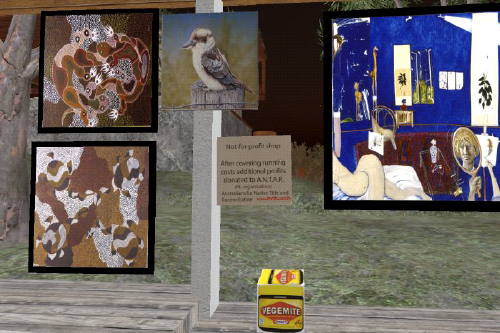

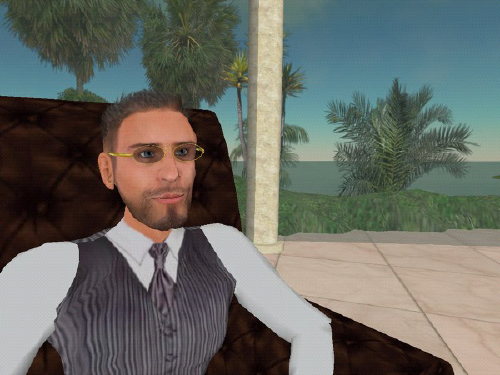
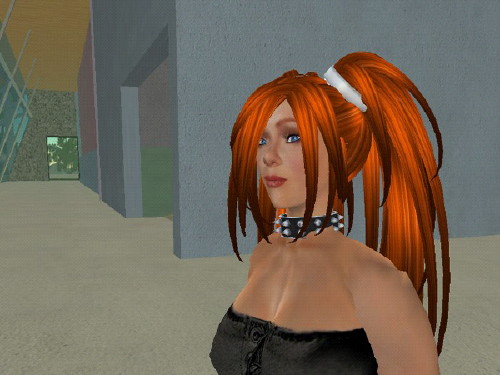
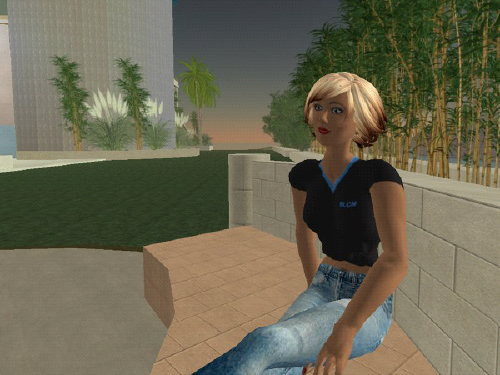
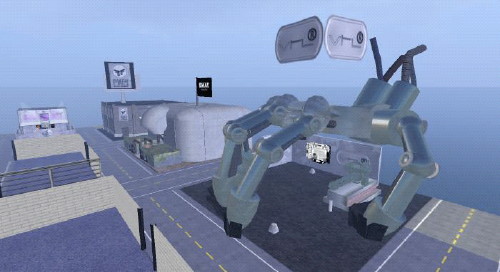

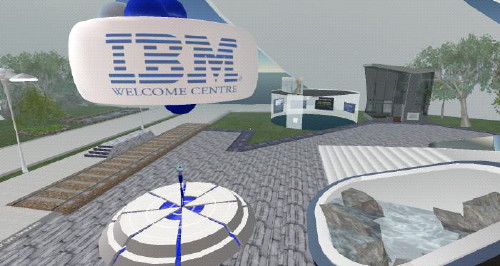
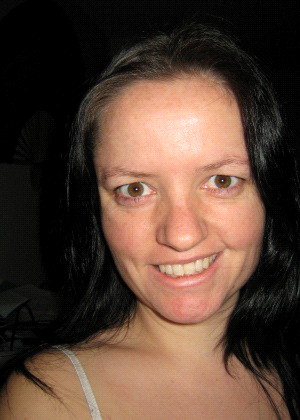
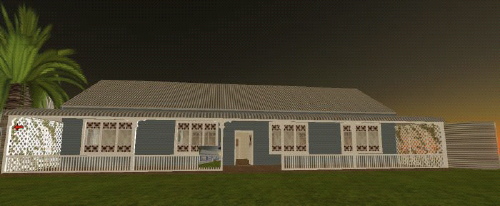
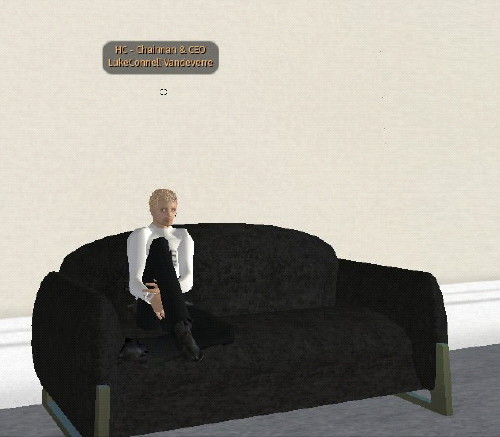
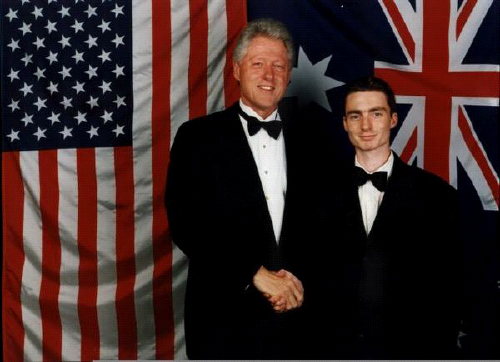


Recent Comments